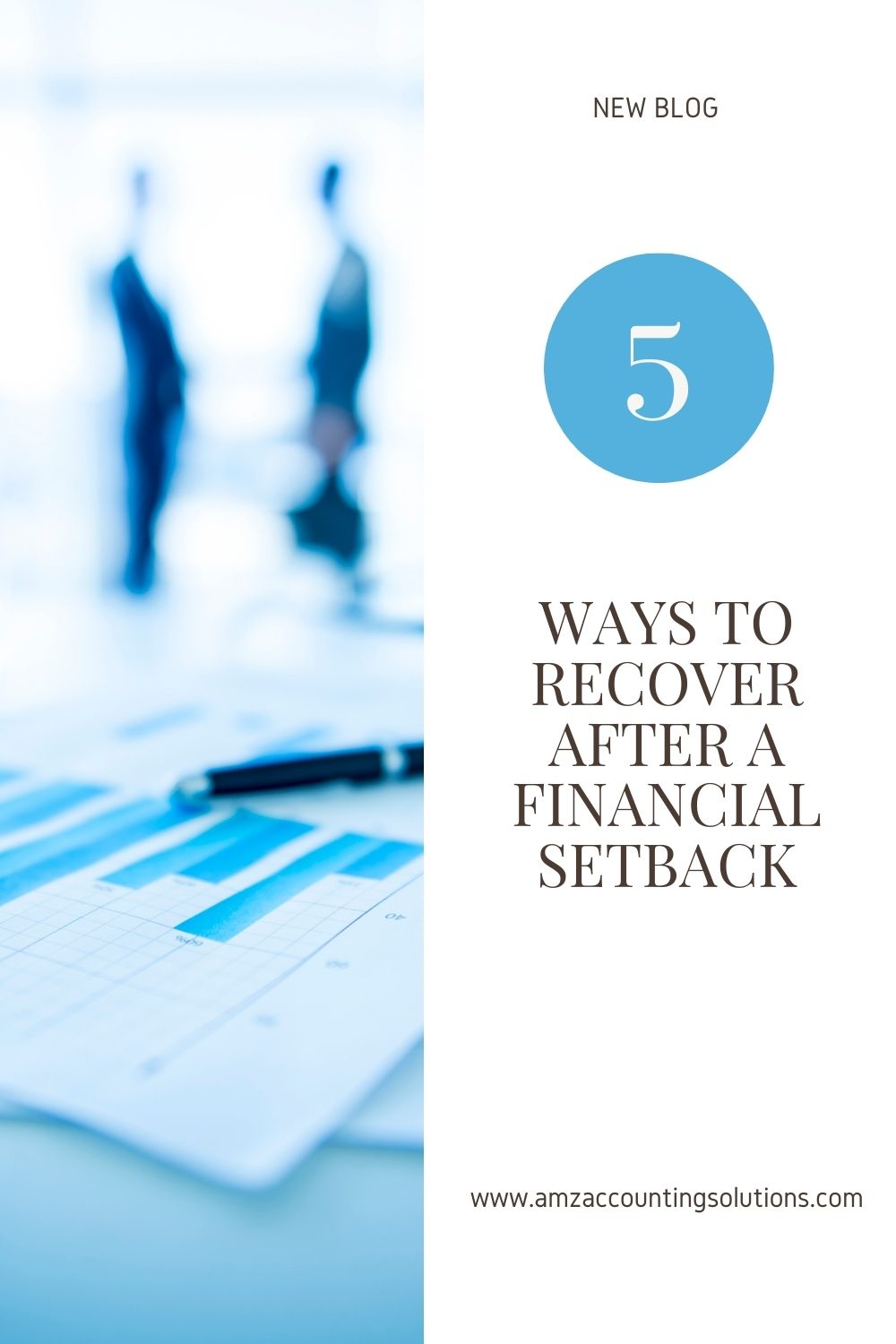You started your business with plans of earning a living and being successful, but an unfortunate fact of business life is that companies suffer financial hardships. Whether those hardships are pandemic-related or linked to other urgent situations, the effect is still the same. Your finances are negatively affected and it’s up to you to lead the recovery.
Here are 5 steps you can take to help your business recover after a financial setback.
1. Find areas to cut back
As a business owner, you’ll always have expenses, but there are ways to reduce your spending and save money. Negotiate rates with your suppliers or find out if you can make arrangements for a discount. If not, see if you can switch providers. Look for ways to cut back on office expenses. Can your company work remotely? Can some of your office space be rented out? Can you change utility providers?
You likely don’t want to cut back on your staff if possible, but you may have to. If you don’t want to lay staff off, try reducing hours or cutting back on perks until things turn around.
2. Follow up with clients that owe you money
During busy times it’s tempting to be more laid back with clients who owe you money. When you’ve had a financial setback it’s important to take stock of who owes you money and start collecting. Go through your invoicing system and follow up with anyone who owes you money. You might be surprised at how much could be coming your way.
If cashflow is a concern, consider charging clients a deposit to work with you. Doing so speeds up how quickly you have money coming in.
3. Diversify your income
Governments around the world are offering assistance to small businesses affected by the pandemic. Look into business grants and income support schemes in your area designed to help your business recover.
Consider other ways of diversifying your income. If you’re an expert in a particular field, offer virtual courses or workshops to teach other people what you know. If your business is a brick-and-mortar store, offer online shopping or curbside pickup. If you offer services in one niche, consider whether another niche might be closely enough related to yours to allow for expansion.
4. Review your budget
If your budget was created before the financial emergency, go over it again and revise it as necessary. See if anything in it can be removed or delayed. If you planned on offering training seminars for employees, consider postponing for a few months. If you budgeted to expand your business, hold off until you’re more financially stable.
5. Increase your marketing
You need to bring in customers. To do this, you need to market your business. Traditional advertising can help, but there are more cost-effective ways to go about it. Explore content marketing or social media. Consider email newsletters or search engine optimization.
Marketing reminds people about your business, and although it may seem like a bad idea to spend money at the moment, some spending is worth it in the long run. Not all marketing is expensive—and some can be just as effective as traditional advertising.
Final thoughts
Financial setbacks are upsetting and frustrating, but they don’t mean your business is finished. Follow these strategies to give your company the best chances of recovery.










